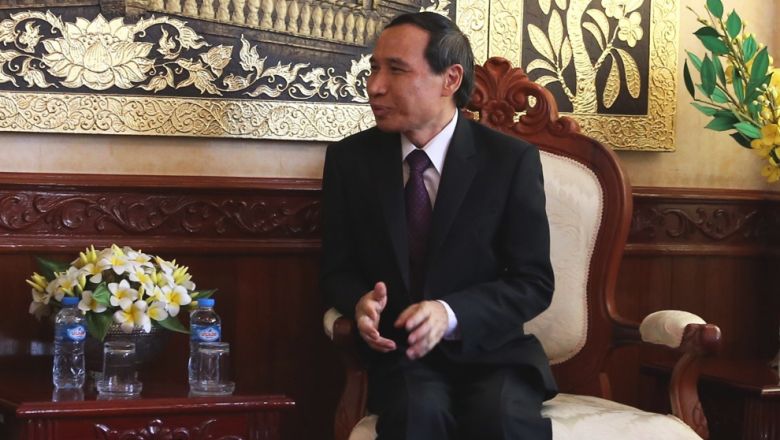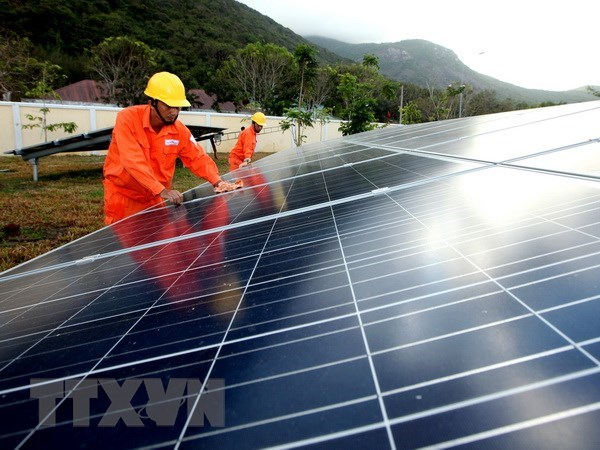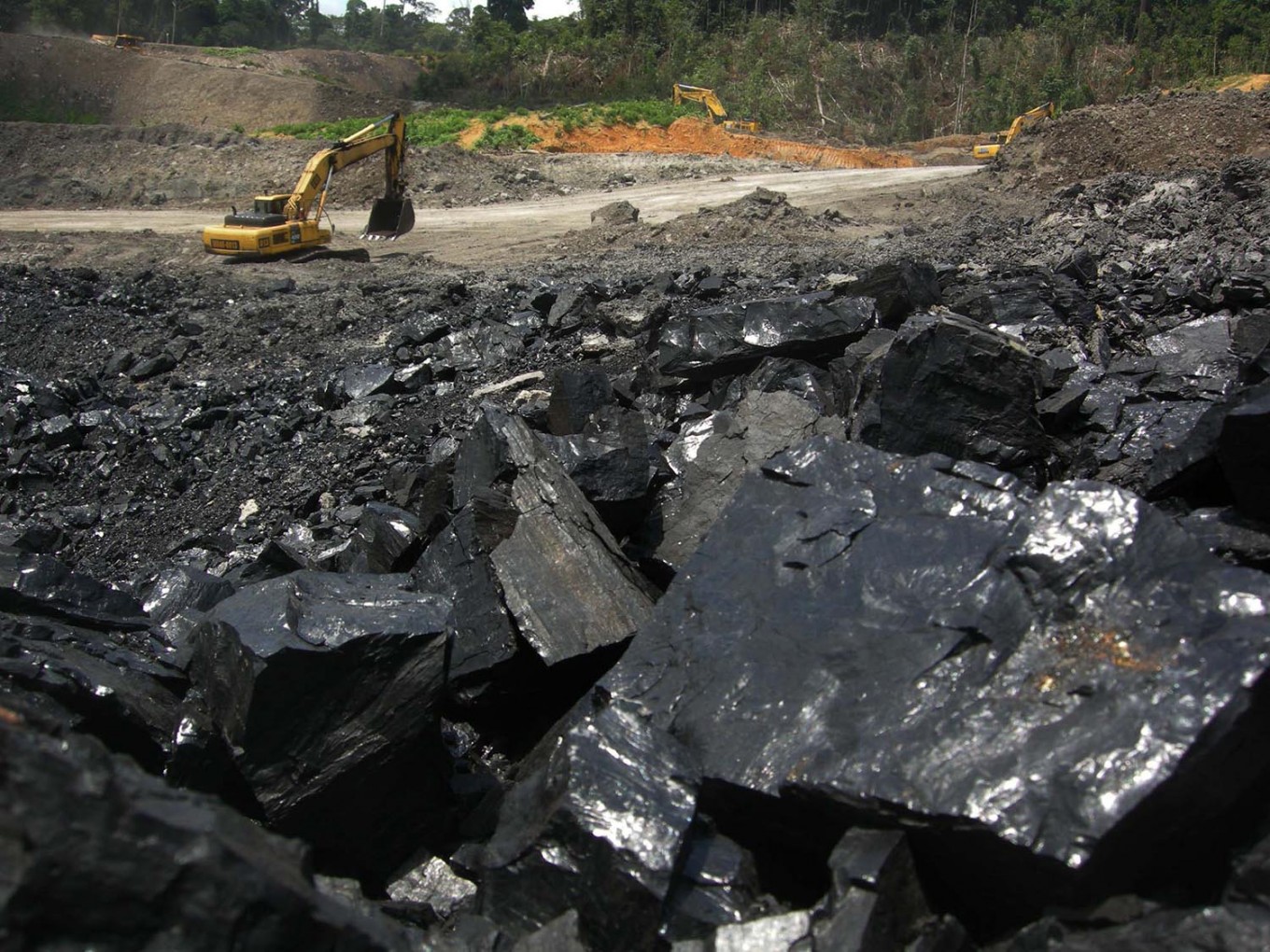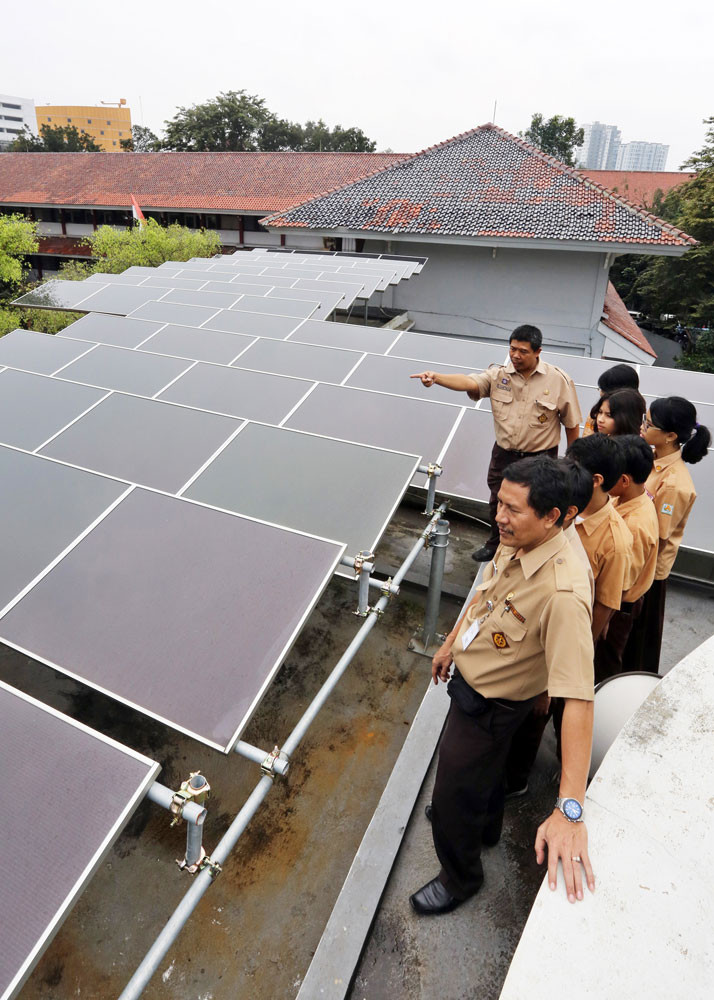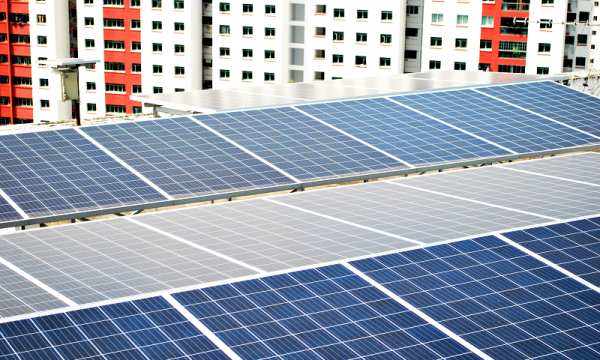- Electricity/Power Grid
–
- Myanmar
YANGON—To sustain economic growth, Myanmar needs to invest up to US$2 billion (3.06 trillion kyats) annually in its electricity sector, according to a World Bank report released on Tuesday.
In the report, “Myanmar Economic Monitor: Building Reform Momentum”, the World Bank said Myanmar’s economic growth is expected to rise to 6.5 percent in fiscal 2018-19, due to strong performances by the industrial and service sectors. Growth reached 6.4 percent during the six-month transitional fiscal period from April to September 2018. (The government introduced a new October-September fiscal period starting with fiscal 2018-19.)
As the Myanmar economy revives, electricity consumption will increase by 11 percent yearly until 2030, which means the government needs to triple its efforts regarding power generation, said Gevorg Sargsyan, the head of the World Bank’s Myanmar Office.
“Only when the government can fulfill the electricity requirements can it practically invite foreign investors,” he said.
Myanmar’s electricity demand will reach 8.6 gigawatts (GW) in 2025, and 12.6 GW in 2030, while current electricity production is just 3.6 GW. In order to meet the growing demand, the government will need to invest US$2 billion a year, according to the report.
The report also suggested increasing electricity bills to be able to cover the production costs.
Economist Han Anand Beck of the World Bank stressed the need for accelerated reform implementation to facilitate development, with a focus on insurance and taxation reforms and inviting investment in the energy sector.
“There are many external impacts on Myanmar’s economy. The country’s economic growth is very good compared to other regional countries,” he said.
The Ministry of Electricity and Energy said electricity consumption has increased by 15 percent annually over the past few years. However, a 19-percent rise this year was accompanied by a decrease in hydropower production caused by high temperature-induced water shortages in dams in the summer. As a result, electricity has to be supplied on an alternate basis to neighborhoods in Yangon and other major cities where electricity consumption is high.
A water shortage in rivers caused by rising temperatures forced suspension of six hydropower plants in May, the ministry said.
Meanwhile, the government subsidizes power production by between US$500 million and US$700 million yearly, as it charges the public below cost, the ministry said.
“The government should have increased electricity prices long ago. This is why the government is making a loss. But there is a need to make sure the grass-roots and small-scale businesses are not impacted by the increased electricity prices,” said energy specialist U Myo Myint of the World Bank.
He suggested the government find ways to reduce wastage in the electricity supply process.
The Ministry of Electricity and Energy plans to implement—either with funding from the government budget or from foreign loans—a 210-megawatt power plant in Shan State’s Namtu, and 280-megawatt, 735-megawatt and 60-megawatt power plants in Mandalay Region.
The Union Parliament has approved the President’s proposal to make major renovations to five hydropower plants with loans from France.


